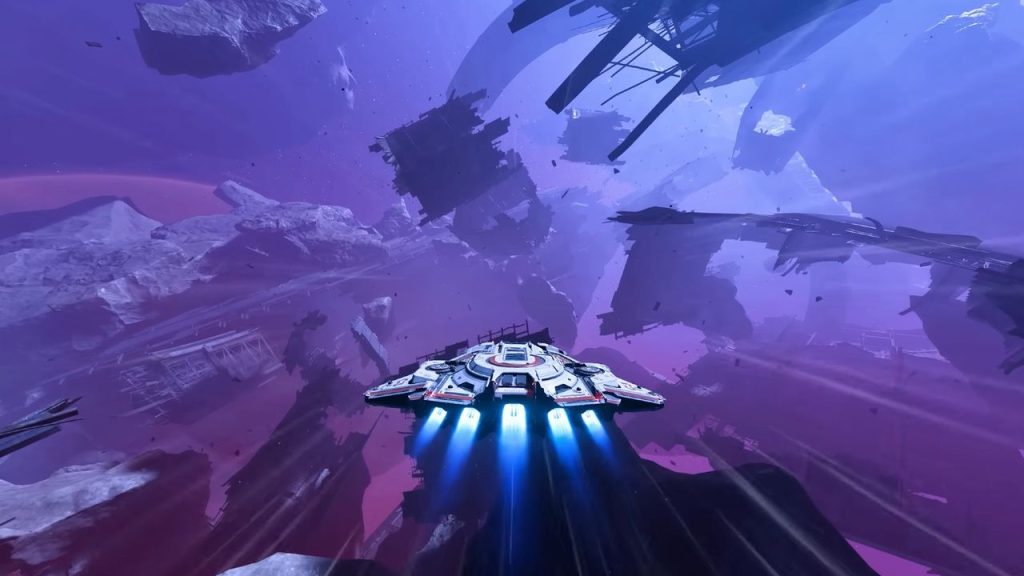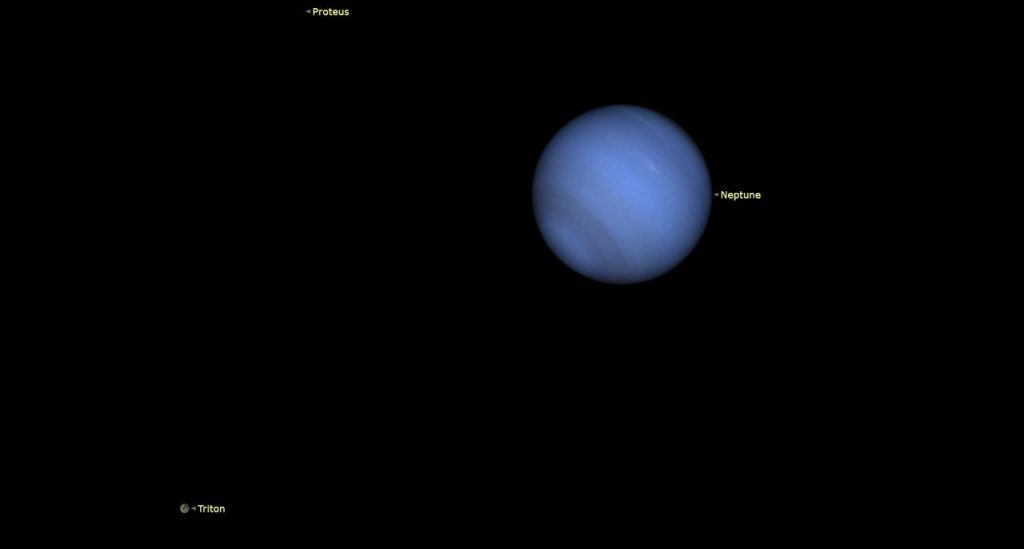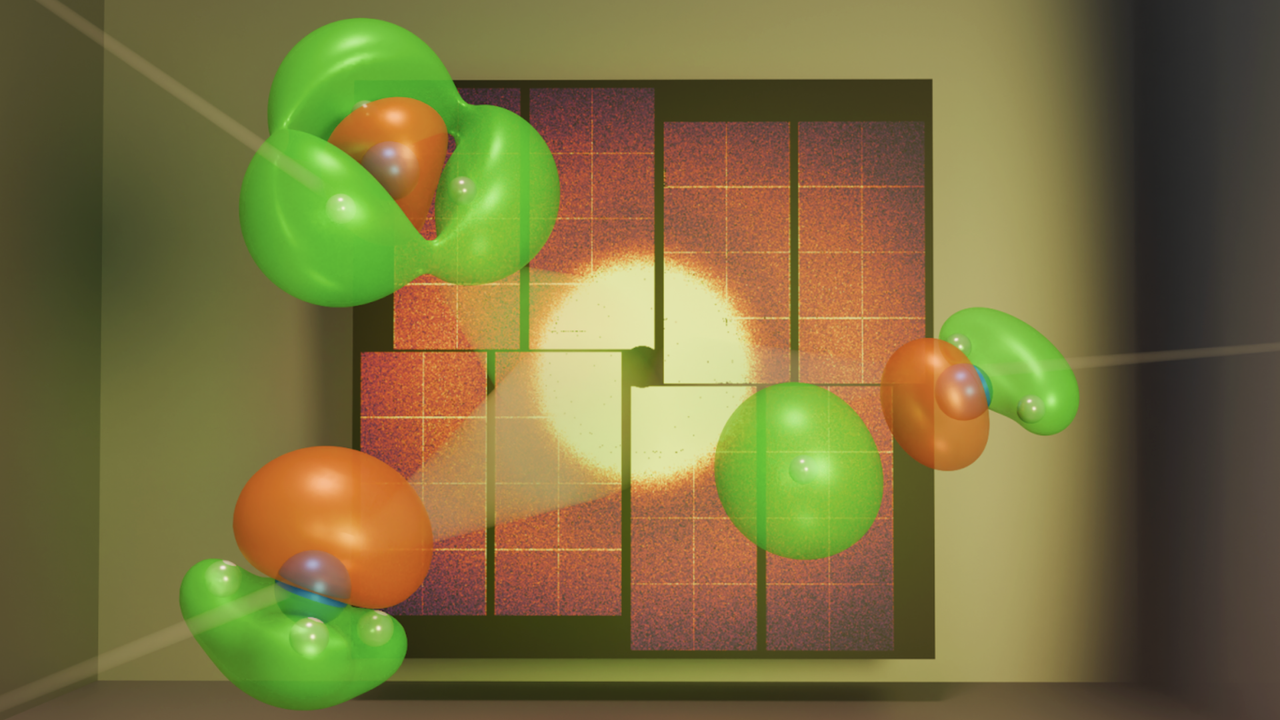Now Reading: 10 Fascinating Types of Stars Shaping Our Universe
1
-
01
10 Fascinating Types of Stars Shaping Our Universe
10 Fascinating Types of Stars Shaping Our Universe

Quick Summary
- The article explores the different types of stars in the universe,highlighting their sizes,colors,life stages,and nuclear fusion processes.
- Supergiant Stars: Among the largest stars (200-300 times Sun’s mass), they can eventually form black holes or neutron stars post-collapse. Example: Betelgeuse.
- Massive Stars: Burn fuel faster and shine blue; end life as neutron stars or black holes.
- Main Sequence Stars: Stable phase balancing gravity and fusion pressure; most stars spend majority of their lifespan here.
- Red Giant Stars: Low-mass stars swell after exhausting hydrogen, potentially forming planetary nebulas and leaving white dwarfs behind.
- White Dwarfs: Remnants of sun-like cores after outer layers scatter; shine without fusion and cool over billions of years into theoretical black dwarfs (none exist yet).
- neutron Stars: Extremely dense remnants formed from collapsed massive stars; pack incredible mass within a small radius (~20 km).
- Brown Dwarfs (“failed Stars”): Insufficient mass to sustain full fusion reactions but glow faintly for millions of years.
- Other categories include Pre-Main Sequence Stars (young T Tauri type), Binary/double Star Systems (orbit common centre) & Evolved stars (later-stage giants/supergiants linked to final stellar fates).
Read more: Science.HowStuffWorks
Indian Opinion Analysis
India may hold growing interest in astronomy as investments in space research have risen significantly in recent years with ISRO’s accomplishments-examples include Mars Orbiter Mission and Chandrayaan missions-and contributions toward global understanding of cosmic phenomena like solar activity remain valuable efforts domestically + collaborations relevant elsewhere among STEM-relevant scientific disciplines via space data-sharing scientific insights/models
Stay Informed With the Latest & Most Important News
Previous Post
Next Post
Loading Next Post...




























